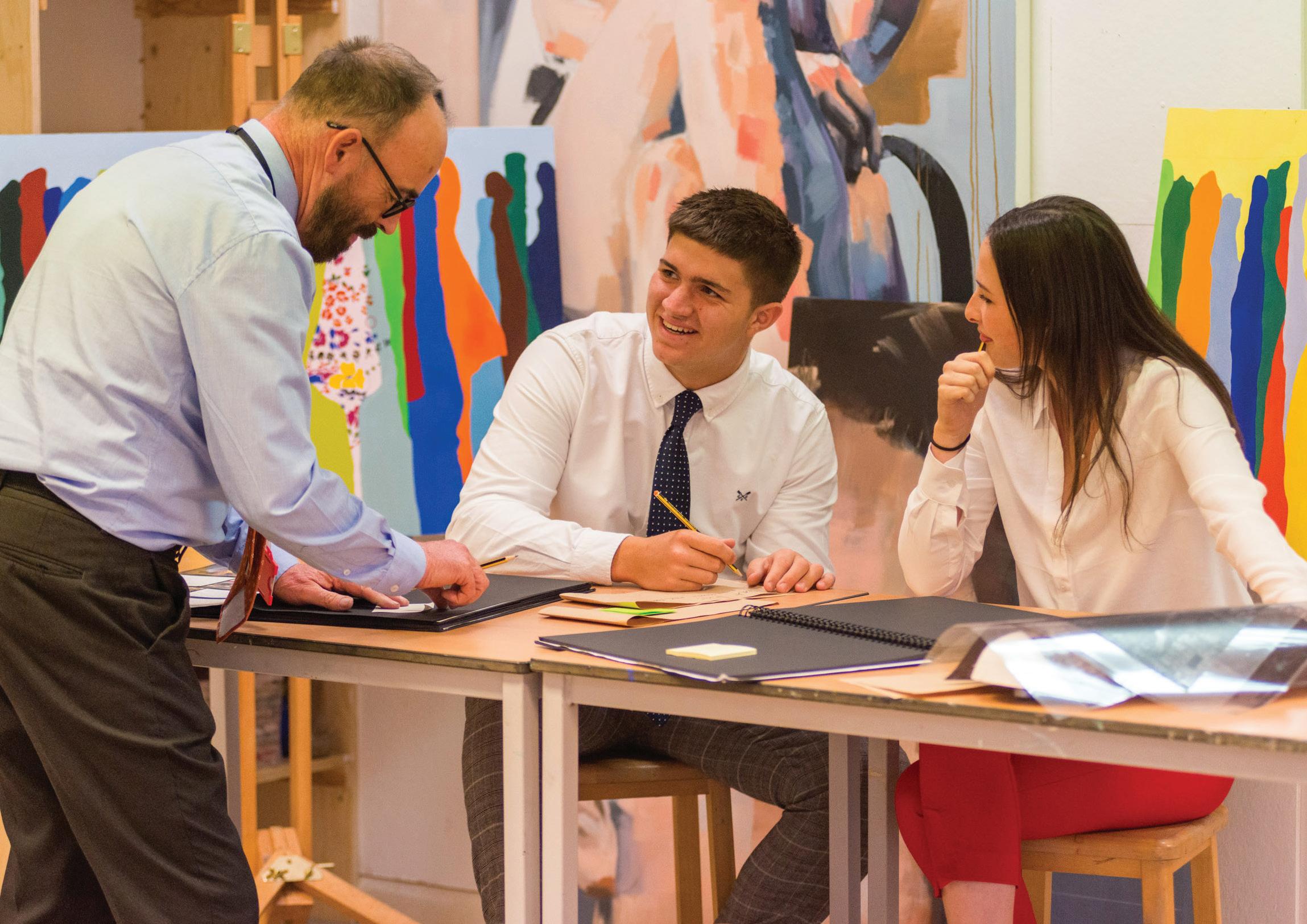
3 minute read
The teacher is dead. Long live the teacher?
By Michelle Zeidler, Director of Professional Development and Performance, Hurst College
The rise of digital technology and increased pupil access to educational platforms has created a growing movement of those who forecast the demise of the teaching profession as we know it. Indeed, the future predicted by Yuval Noah Harari in his book, Homo Deus, where computer algorithms can outperform humans in assessing and responding to individual needs - the core skills of the teaching profession – conjures up a world in which children will receive all of their education sitting at home in front of a screen interacting with educational programmes rather than other human beings. And yet, our most recent experience with remote teaching and learning would suggest that this projection about the automation of education, cutting out the middle man/ woman, has been shown to be flawed.
Putting aside the divisions that the pandemic has highlighted between those who have access to technology and those who do not, and whether it will ever be possible to eradicate this digital injustice to level the playing field; online learning has, for many, reinforced what teachers, those on the inside, have always known. There is more to education than the mere transmission of facts, high quality education is also about relationships. The best teachers not only impart their knowledge in an effective and efficient manner, but in the relation-

ships they forge with their pupils they inspire passion for their subject and nurture collaborative exploration and discovery of knowledge and meaning. During the pandemic, despite the best efforts and considerable innovation of teachers, the quality of these relationships could not help but fall victim to the constraints of online learning. ‘Teaching into the void’ will be a concept familiar to all who posed a question and waited for a pupil to respond. Even with the insistence of ‘cameras on’, the dynamic of class-based teacher-to-pupil and pupil-to- pupil interaction could not be wholly replicated. The most common complaint from pupils was not about the quality of the learning, but centred on their feelings of isolation as they worked on their own from home. Pupils’ wellbeing and mental health faltered. The use of collaborative learning spaces such as breakout rooms and channels helped to some extent, but could not replace the social dynamics and interaction that is found within a classroom environment.
And what about those pupils who had the technology but did not have the willingness to engage? Harari’s vision of the future assumes that all are sufficiently motivated to interact with the digital world. Not all teenagers are as compliant and benefit greatly from the watchful eye of the teacher guiding, persuading and at times cajoling them to get on. When quality relationships are removed from the education equation, I would suggest, however efficient and effective the transmission of knowledge, there is something missing that is vital to the learning process.
Interestingly, this year there has been an increase in the number of people applying for initial teacher training. In a global crisis, when the focus has shifted to what really matters, education alongside health care provision emerged centre stage. So, is the future bright for these new recruits or will their value and careers be truncated by the march of technology? I believe that they can join the profession in the certainty that teachers will be pivotal to the learning process for many years to come.










